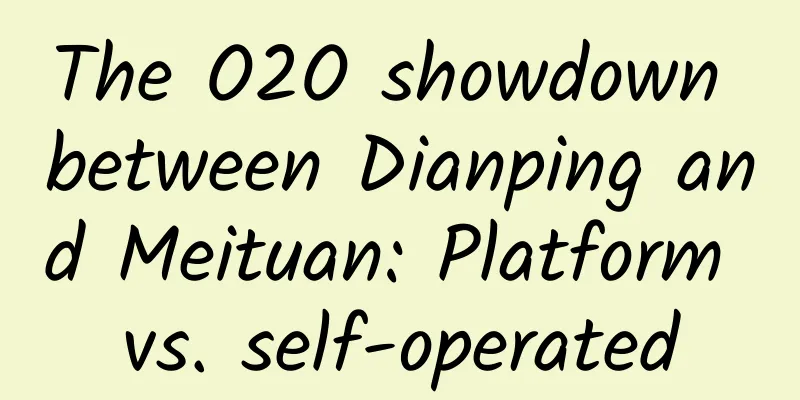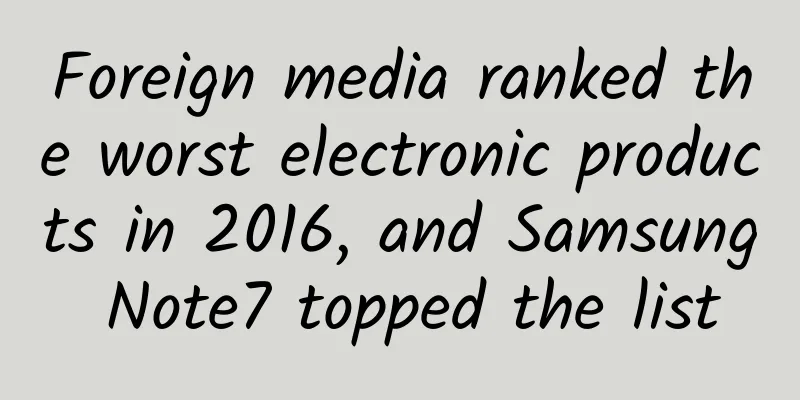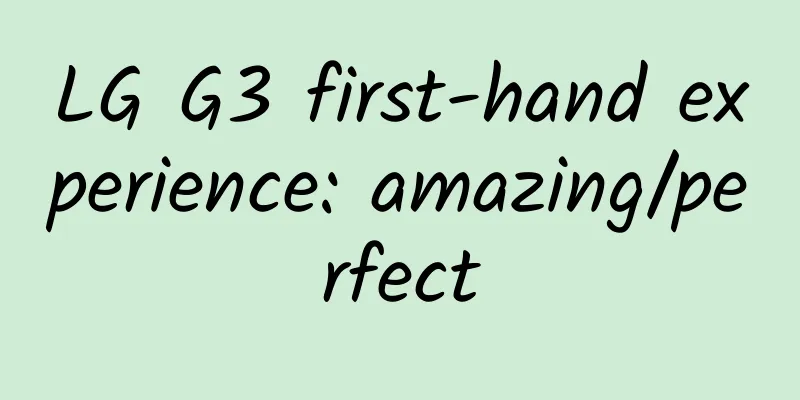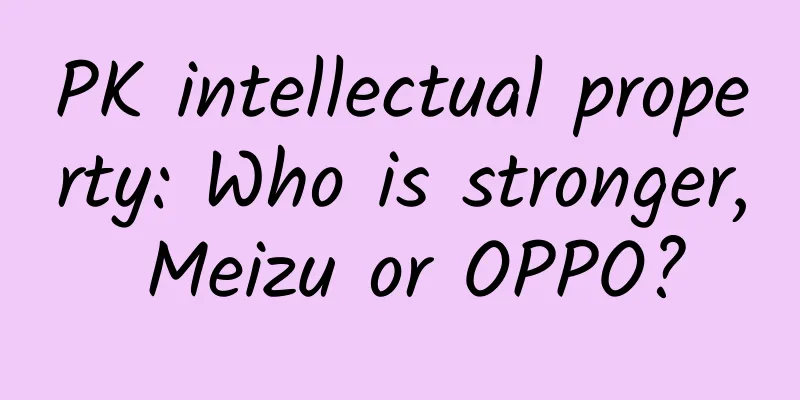Is AI’s “knowing people by their tongues” a waste of money?
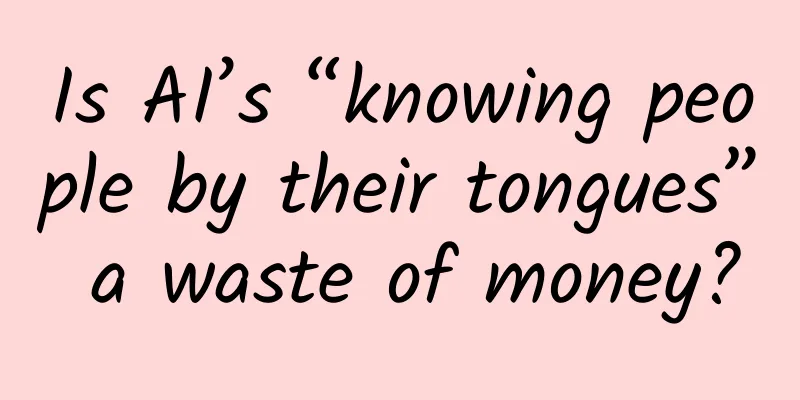
|
Produced by: Science Popularization China Author: Zhou Zhou (Dalian University of Technology) Producer: China Science Expo Editor's note: To showcase the latest trends in intelligent technology, the China Science Popularization Frontier Technology Project has launched a series of articles on "Artificial Intelligence" to provide a glimpse into the latest progress in artificial intelligence and respond to various concerns and curiosities. Let us explore together and welcome the intelligent era. I believe everyone has seen such scenes in Hollywood blockbusters, where the protagonist uses the reverse mold technology to copy other people's fingerprints and even open bank safes. Are you worried about your "wallet"? Fingerprint recognition scenes can be seen everywhere in daily life, but its safety is questionable. However, researchers from the University of Edinburgh and the University of Leeds in the UK recently published research results in the British journal Scientific Reports, showing that the tiny papillae on the surface of the tongue hide unique biological information between individuals, which may be able to solve our troubles! The cornerstone of “knowing people by their tongue”: the microscopic world of the mastoid process The process of feature extraction using 3D scanning technology (Image source: Reference 1) The surface of the tongue is covered with various papillae, which are the carriers of taste and touch receptors. Among them, fungiform papillae and filiform papillae are the two most common types. Fungiform papillae are larger, sparsely distributed, and hemispherical on top. They are where the taste buds are located and are responsible for sensing taste. Filiform papillae are smaller, numerous, and complex in shape. They are mainly responsible for sensing the texture of food and friction in the mouth. Although the morphology and function of papillae have been widely studied, scientists still know little about the uniqueness of papillae between different individuals. In recent years, with the development of artificial intelligence, we have the opportunity to explore these microstructures more deeply. This study used 3D scanning technology and machine learning to obtain 3D point cloud data of the tongue and constructed a digital image of the tongue papilla. After analyzing the geometric and topological features, it was found that the shape of the papilla on the human tongue is unique, and the shape of the papilla shows significant differences between different individuals. In fact, the differences were so great that the researchers were able to identify the participants with 48 percent accuracy based on the characteristics of a single papilla, suggesting that tongue papillae can serve as a unique bio-identifier. Everyone's mastoids are different. (Image source: Reference 3) The more common identity recognition methods in our daily life include fingerprint recognition, iris recognition, etc. The uniqueness of the tongue revealed by this study has added a new way of modern identity recognition, and the tongue has its natural advantages as an identification method. First of all, the tongue is unique and one-of-a-kind. A single papilla has a certain uniqueness, so the densely packed papillae on the tongue can naturally better ensure the accuracy of recognition. Secondly, the tongue is concealed. Located inside the oral cavity, it is relatively hidden and not easily observed or copied by others, thus reducing the risk of identity features being maliciously obtained and forged. In addition, the physiological characteristics of the tongue are relatively stable throughout a person's life and will not change significantly due to aging, weight changes or common external factors, ensuring long-term and reliable recognition. And due to the complex structure and internal characteristics of the tongue, it is extremely difficult to forge or imitate the characteristics of another person's tongue, which enhances the security of identity authentication. Artificial intelligence: interpreting the geometric and topological features of tongue papillae Mastoid identification and topological feature extraction during the research process (Image source: Reference 1) Although the geometric and topological features of each person's tongue papillae are different, it is difficult to "identify a person by looking at their tongue" with our naked eyes. The reason is that it is difficult for humans to understand and remember such complex geometric and topological features. These complex features are precisely the areas where artificial intelligence excels. AI’s capabilities include deep understanding and precise identification of image features. Using advanced machine learning techniques, AI is able to extract subtle differences from images that are imperceptible to our naked eyes. By learning and analyzing large amounts of image data, artificial intelligence can accurately identify and classify these complex geometric and topological features. Especially in the fields of medicine and biology, the application of artificial intelligence provides us with unprecedented insights. For example, the researchers mentioned above used artificial intelligence to analyze 3D scan images and found that the geometric and topological features of the tongue papillae can be used as unique biomarkers to identify individuals and diagnose diseases. The AI-based image recognition process usually includes the following steps: First, a large amount of high-quality image data is collected and prepared. Next, data preprocessing techniques are used to perform denoising, normalization, and other processing on the images to improve image quality and consistency. The preprocessed images are then input into the artificial intelligence model for feature extraction and pattern recognition. In the process of image recognition, artificial intelligence models are the key. Among them, convolutional neural network (CNN) is a deep learning model specially designed for processing image data. So how does convolutional neural network work? The whole process of processing image data using CNN (Image source: Reference 4) Convolutional neural networks go through a series of steps to identify what is in an image. Let’s go through these steps one by one: First, the convolutional neural network divides the entire image into small blocks, just like you slide a small window across the image. Look at only one small block at a time, and then continue to move the small window until the entire image is seen. Finding features: In each patch, the convolutional neural network looks for specific features, such as edges, color changes, and textures. This is just like when you look at a photo, you notice the edges, colors, and textures of different objects. Layer-by-layer analysis: Convolutional neural networks have many layers, and each layer finds more complex patterns in the features extracted by the previous layer. The first few layers may recognize simple edges and color changes, and the next few layers will recognize more complex shapes and objects. Integrate information: Through layer-by-layer analysis, the convolutional neural network integrates all features to form an understanding of the entire image. It is like a puzzle, putting each small piece together to form a complete image. Classification results: Finally, the convolutional neural network will determine what is in the image based on the extracted features. For example, it will tell you whether it is a dog, a car, or a landscape. Another advanced model structure is Vision Transformer. Unlike traditional convolutional neural networks, Vision Transformer introduces a self-attention mechanism to better capture global features in images. It can better handle global dependencies in images and is suitable for processing images with complex backgrounds and multiple objects. ViT image processing process (Image source: Reference 2) In general, artificial intelligence, through its powerful computing power and complex model structure, enables us to deeply understand and analyze complex geometric and topological features such as tongue papillae. The trained machine learning model can even predict the type of papilla (Image source: Reference 3) Application prospects: from daily life to high-end technology This research provides some new ideas for identity recognition. It is believed that in the future, whether in daily life or in some high-end technology fields, tongue recognition can be combined with existing fingerprint recognition, facial recognition and other technologies to form a multimodal biometric system, further improving the accuracy and reliability of identity recognition. Tongue recognition technology has the following potential application scenarios in the future: The first is the smart home field, where personalized home device control and access permission settings can realize intelligent home management based on the tongue characteristics of family members. The second is the financial services sector, such as using tongue recognition technology to ensure high-security account login and transaction authentication, providing an additional layer of security for important financial operations, as well as identity authentication for credit cards or mobile payments, increasing the security of the payment process. Third, in the security field, the access control systems of important places such as government agencies, scientific research laboratories, confidential archives, as well as border control and entry and exit inspections can all use tongue recognition technology to assist in confirming the identity of people. Fourth, healthcare, for patient identity verification, ensuring the accuracy and security of medical records, and preventing mismatching of medical information. As well as authorization for the use of special medical equipment, such as some high-end medical equipment that requires strict identity authentication to operate. Fifth, it is used in the judicial field to identify and supervise criminals and ensure accurate tracking and management of criminals. Conclusion Seeing this, some readers may think that using tongue recognition will make people feel that their privacy is violated and whether it will make people feel uncomfortable? In fact, after looking at the potential application scenarios of tongue recognition, we can find that the application scenarios of this technology are mostly suitable for more advanced technology fields, which are actually private fields. Moreover, it can be used in combination with other recognition methods to form a multimodal biometric recognition system to increase the security of high-end technology and other fields. So there is no need to worry about the psychological discomfort caused by this technology, because no one can see it. I believe that with the continuous development of artificial intelligence technology, tongue recognition technology will have a wider range of application scenarios and can better serve human identity recognition. References: 1. Rayna Andreeva, Anwesha Sarkar, Rik Sarkar.Machine learning and topological data analysis identify unique features of human papillae in 3D scans[J].Scientific reports,2023,Vol.13(1): 21529 2. Hongming Xu, Qi Xu, Fengyu Cong, Jeonghyun Kang, Chu Han, Zaiyi Liu, Anant Madabhushi, Cheng Lu.Vision Transformers for Computational Histopathology[J].IEEE reviews in biomedical engineering, 2024, Vol.17: 63-79 3. Burcu Tiryaki; Kubra Torenek-Agirman; Ozkan Miloglu; Berfin Korkmaz; İbrahim Yucel Ozbek; Emin Argun Oral. Artificial intelligence in tongue diagnosis: classification of tongue lesions and normal tongue images using deep convolutional neural network[J]. BMC Medical Imaging, 2024, Vol. 24(1): 59 4. Xu Wang;Jingwei Liu;Chaoyong Wu;Junhong Liu;Qianqian Li;Yufeng Chen;Xinrong Wang;Xinli Chen;Xiaohan Pang;Binglong Chang;Jiaying Lin;Shifeng Zhao;Zhihong Li;Qingqiong Deng;Yi Lu;Dongbin Zhao;Jianxin Chen.Artificial intelligence in tongue diagnosis: Using deep convolutional neural network for recognizing unhealthy tongue with tooth-mark[J].Computational and Structural Biotechnology Journal,2020,Vol.18: 973-980 |
Recommend
Samsung Gear S watch review: Will you raise your wrist to make a call?
Last year, Samsung started to take its smartwatch...
3 loops that Tik Tok uses to retain users!
This article divides the operation of Douyin into...
Grind the shovel into a spoon! She is the first generation of female archaeologists in New China and discovered the tomb of female general Fu Hao
A room full of books Even half of the bed is fill...
About Baidu promotion, what is Baidu search promotion?
Baidu search promotion is a pay-per-performance o...
New iPhone will upgrade fingerprint module: less mistakes and more secure
On the morning of February 11, 2015, KGI Securiti...
Say goodbye to rejection, how to improve iOS review pass rate (Part 1)
iOS review has always been a huge challenge for e...
The most complete! 40+ common terms that new media operators must know!
With the rise of various major accounts, the new ...
Xiaohongshu brand marketing method!
After all your preparations, you didn’t expect th...
The "Food Compass" is here! No more worries about eating?
Chinese people pay great attention to diet therap...
Some nouns become cute when the word "small" is added to them. What about a hydroelectric power station?
Produced by: Science Popularization China Author:...
"The Best Celebrity" is out of the circle! How do Internet celebrities attract attention?
This year, the comedy film "Hot Man" ha...
A 2-year-old child with influenza A was taken to a yoga studio for enema treatment, but the condition got worse the more he was treated! The truth behind this...
gossip "Can influenza A be treated through b...
How should brands measure the effectiveness of advertising on TikTok?
Short videos have become popular, and a question ...
Apple and Qualcomm jointly promote facial recognition! Mobile fingerprint recognition will be relegated to the sidelines
[[201510]] Fingerprint recognition is a standard ...
